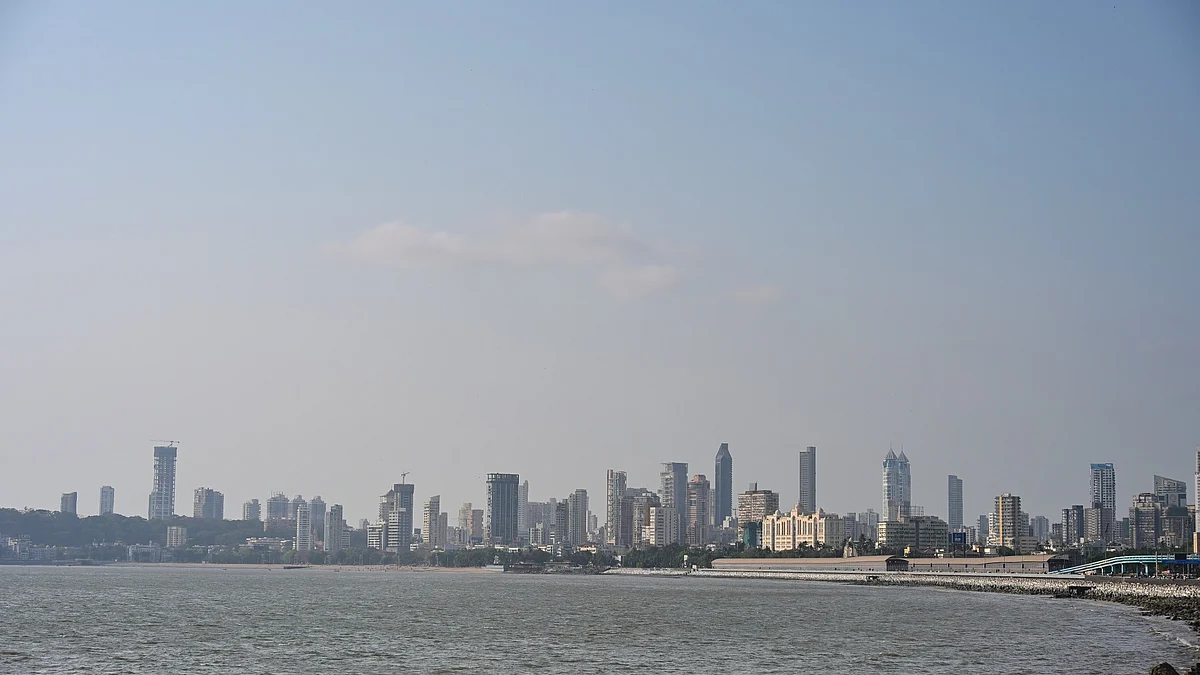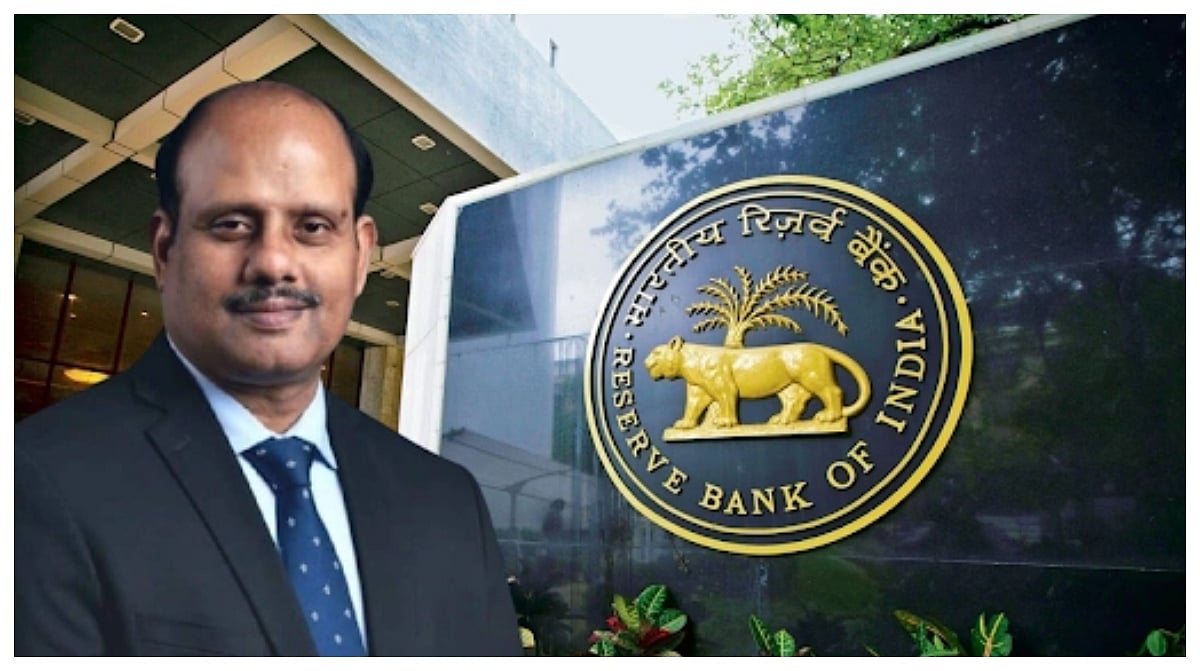Every now and then, the release of a global index comparing countries in respect of some metric sets off a chain reaction in government circles in India, whether it be press freedom, the state of democracy, or human rights. The latest controversy swirls around the release of the Global Hunger Index 2022 (GHI-22), which places India at the 107th position in a list of 121 countries for which data were available.
The GHI-22 score for each country is based on a weighted average of four standardised indicators. While one could always quibble about the excessive reliance on under-five child nutrition and mortality indicators and the sample sizes for estimating the prevalence of undernourishment in arriving at the GHI-22, there is no denying that, in international comparisons, India still has some way to go to reach the levels of even some of its South Asian neighbours. The National Family Health Survey 5 (NFHS-5) percentages for child stunting in Indian states like Bihar, Meghalaya and Uttar Pradesh are uncomfortably close to those in some African countries and higher than most of India’s immediate neighbours. Child-wasting in most Indian states is in excess of 15%, higher than in most countries of the world.
Rather than spending time disputing statistics, governmental energies can be more usefully deployed in effectively tackling child undernutrition. Four areas suggest themselves for immediate attention. The first step has to be the use of real-time accurate data, based on anthropomorphic indicators of weight and length/height of every child in every aanganwadi, to zero in on the specific locations where stunting and wasting are serious problems. The tablets provided to aanganwadi workers under the Poshan Abhiyan campaign will serve their purpose only if online growth monitoring charts of each child, based on current height/weight/length measurements, are available to ICDS field staff (aanganwadi workers and their supervisors) to enable immediate corrective action in respect of children who are stunted and wasted and/or whose growth is faltering.
Secondly, the health and nutrition status of pregnant women and breastfeeding mothers must be given priority. Nearly 50% of pregnant women in most states are anaemic; about 20% of women have subnormal body mass index. The state must provide maternal nutrition and health support in areas with the highest incidence of child stunting/wasting and mortality. This will check the incidence of low birth weight and the onset of malnutrition in infancy. States like Andhra Pradesh, Telangana and Karnataka are providing pregnant women and nursing mothers with a daily hot meal at the aanganwadis. Apart from the nutrition aspect, this measure enables attention to be paid to micronutrient supplementation, nutrition education (especially breastfeeding advice), and peer support for women. Both the Union Government and the states need to provide budgetary support to this programme. The pernicious practice of contractor-driven supply of Take Home Rations to mothers and under-3 children should be discontinued, and women’s self-help groups (SHGs), in association with aanganwadis, should be entrusted with the work of providing hot meals to mothers and children. Nutritional support, along with provision of creches for under-3 children, run by SHGs, would not only promote nutritional and cognitive development in these children, but also enable their mothers to earn a livelihood to enhance family incomes.
The third policy focus should be on the care of the infant, especially in the first 28 days after birth. The SRS data of the Registrar General of India shows that almost 90% of under-5 child mortality occurs in the first year of birth. Equally dismaying is the statistic that in nearly all Indian states, more than 70% of infant deaths occur in the 28-day neonatal period, indicating that neonatal mortality accounts for over 60% of child mortality. The responsibility here falls largely on the Public Health Department of states, since neonatal monitoring of the newborn is one of the weakest links in the nutrition-health chain in government. The NFHS-5 data show that nearly 80% of mothers and children received postnatal care from health personnel within two days of delivery. This contrasts sharply with the UNICEF 2021 State of the World’s Children Report which shows figures of 65% and 27% for maternal and child postnatal care, though this data may be a couple of years older. In any case, aanganwadi workers and ASHAs need to regularly monitor the nutrition and health status of newborns in their first 28 days of life and refer all cases where the nutrition and health position of the child is severely compromised to the nearest medical centre.
Above all, governments need to prioritise maternal and child nutrition and health in a meaningful manner. My experience as Director General of the Rajmata Jijau Mother-Child Health and Nutrition Mission in Maharashtra showed that political and bureaucratic commitment from the very top is crucial in instilling a sense of accountability in implementing departments and in promoting inter-departmental coordination to tackle this issue, which spans a number of government departments. Regular reviews at the levels of the Chief Minister, Ministers for Health and Women & Child Development, and the Chief Secretary lead to greater attention being given to solving problems at the district and sub-district levels. Budgetary support for programmes in specific areas, resolving personnel issues and ironing out interdepartmental problems in implementation are some of the positives from such high-level interventions.
This is not to minimise the importance of macro interventions on the economic and social fronts. Empowerment of women, through access to higher education, skill development and income-earning opportunities, and enhancing community awareness on good health and nutrition practices, would make a significant impact on the problem. Strong economic growth, coupled with job opportunities, would increase family incomes and improve nutrition outcomes. But a determined government focus on the issues mentioned here would also lead to significant improvements in the situation in the short and medium term, even as longer-term measures take root. As Nelson Mandela said, history will judge us by the difference we make in the everyday lives of children.
The writer is a retired IAS officer of the Maharashtra cadre









